We think your grass is Plains lovegrass, 1-3 ft., tufted, perennial bunchgrass with long, narrow leaf blades. The stout, erect flowering culm supports a seed head nearly half as long as the entire plant. The airy seed head is diffusely branched with many small spikelets.
This plant grows in desert grassland, prairie, chaparral, shrubsteppe, pinyon-juniper woodland, and oak-dominated woodlands. It is often found in dry, sloping areas. It can take hold easily in disturbed habitat. It does best in sandy soil types, and areas with bimodal precipitation patterns, having wet seasons in winter and summer. In its native habitat it is one of the first plants to turn green in the spring. It has been observed to increase in abundance after wildfire.This grass makes a good forage for livestock, but it decreases with overgrazing. Some game birds have been noted to eat the seeds
Grasses can be very hard to identify without seeing the structure of the stems and leaves.
Hope this is of some help.
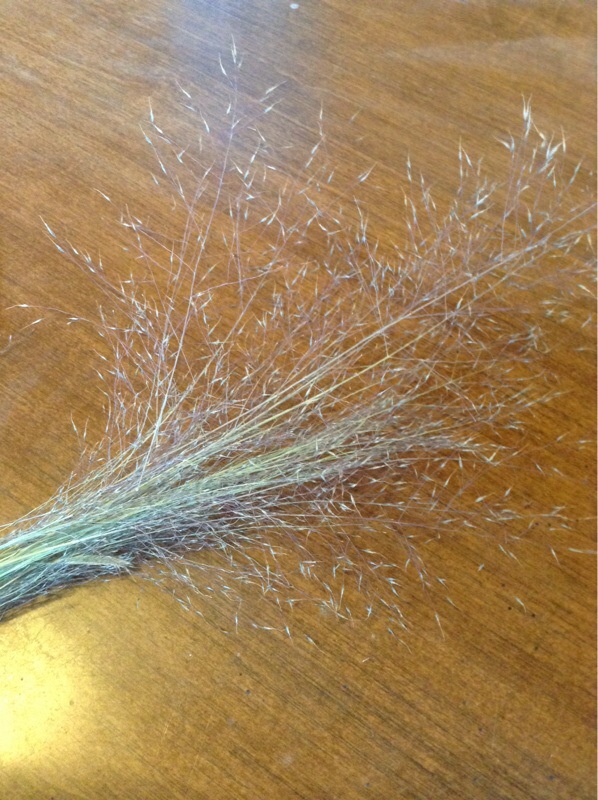
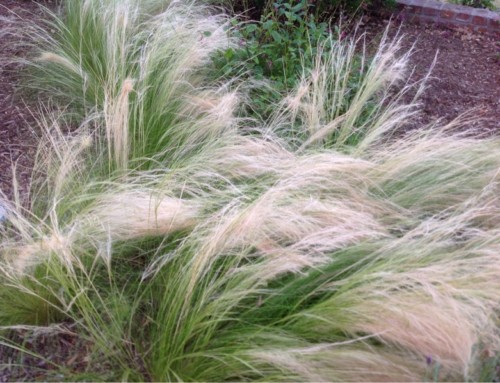
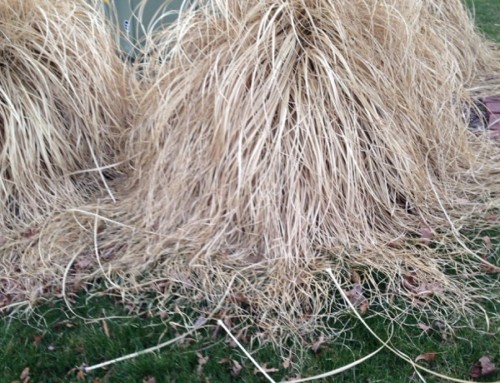
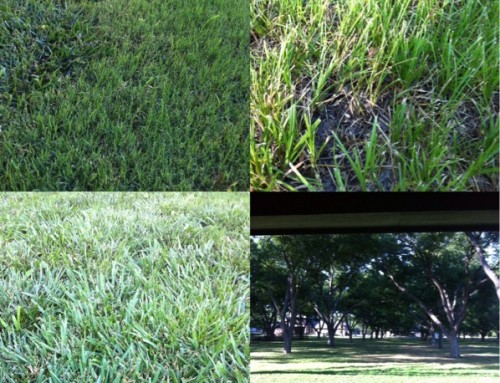
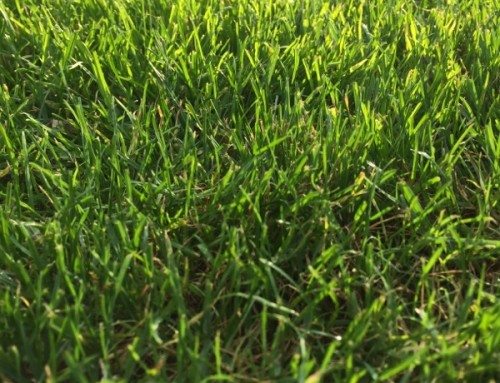
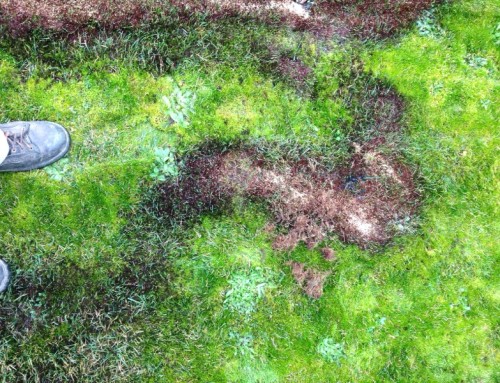
Leave A Comment